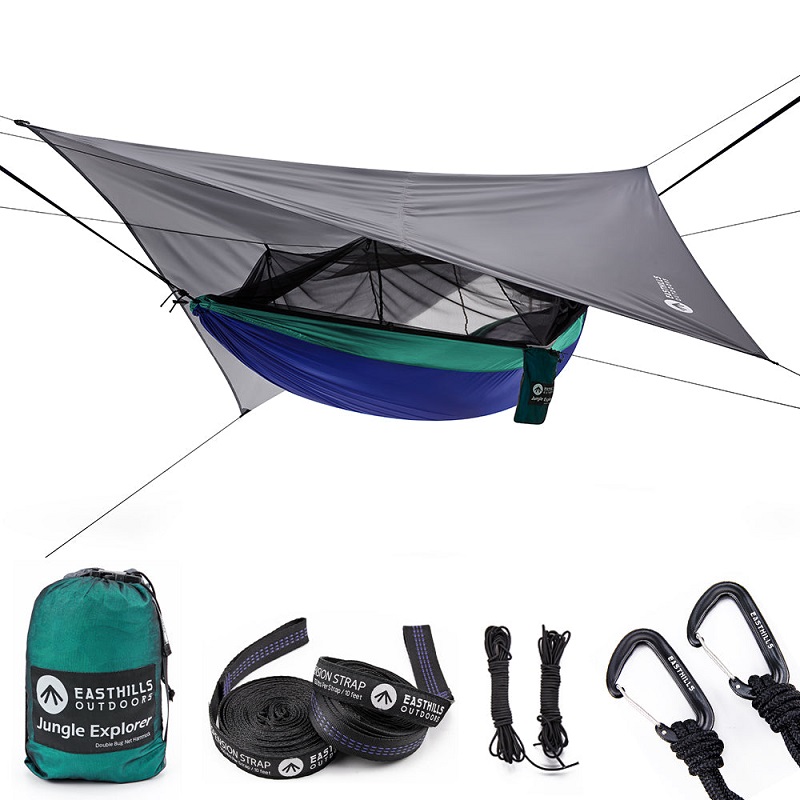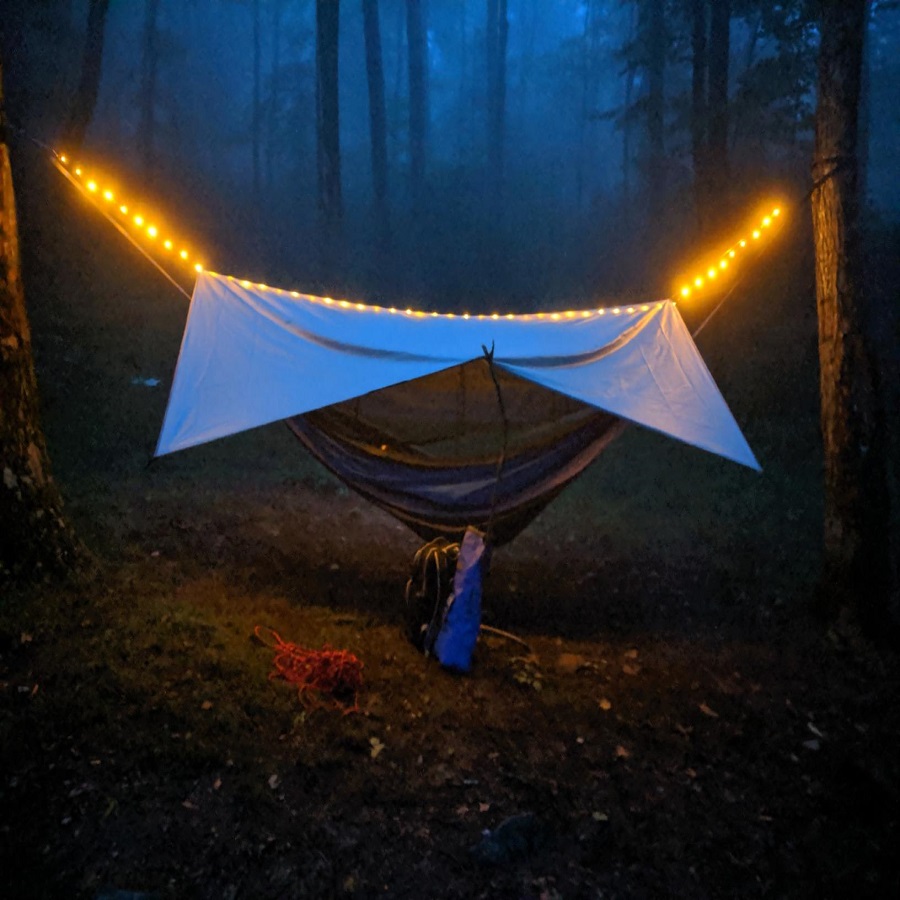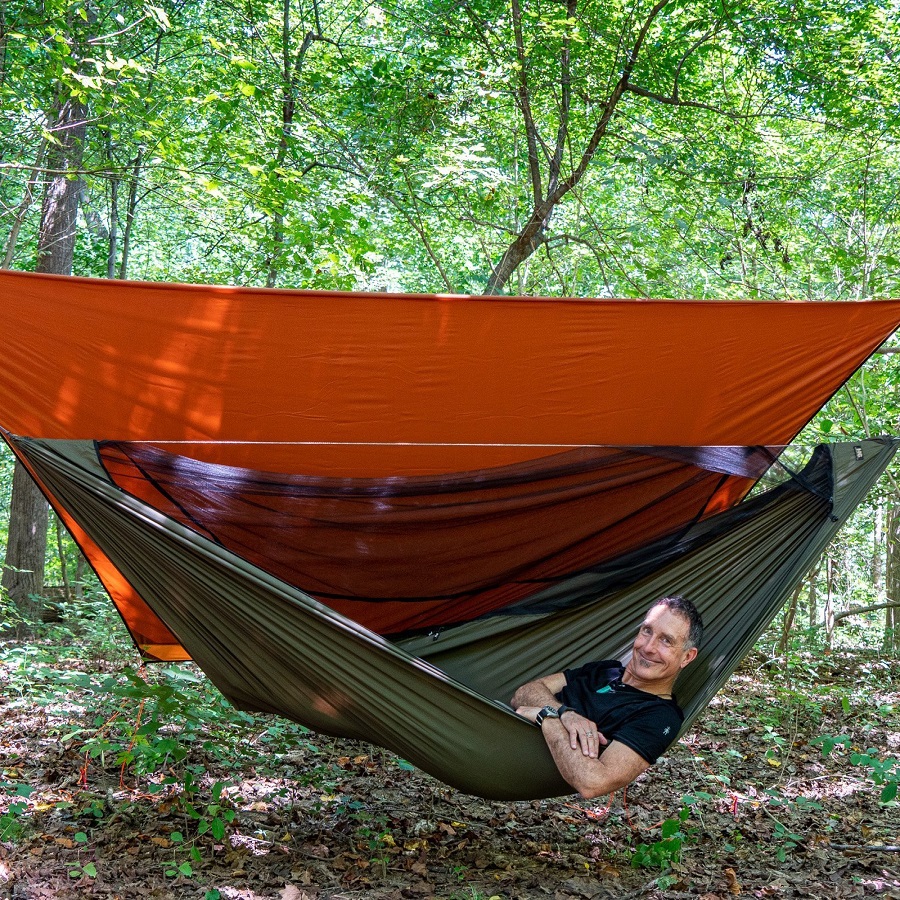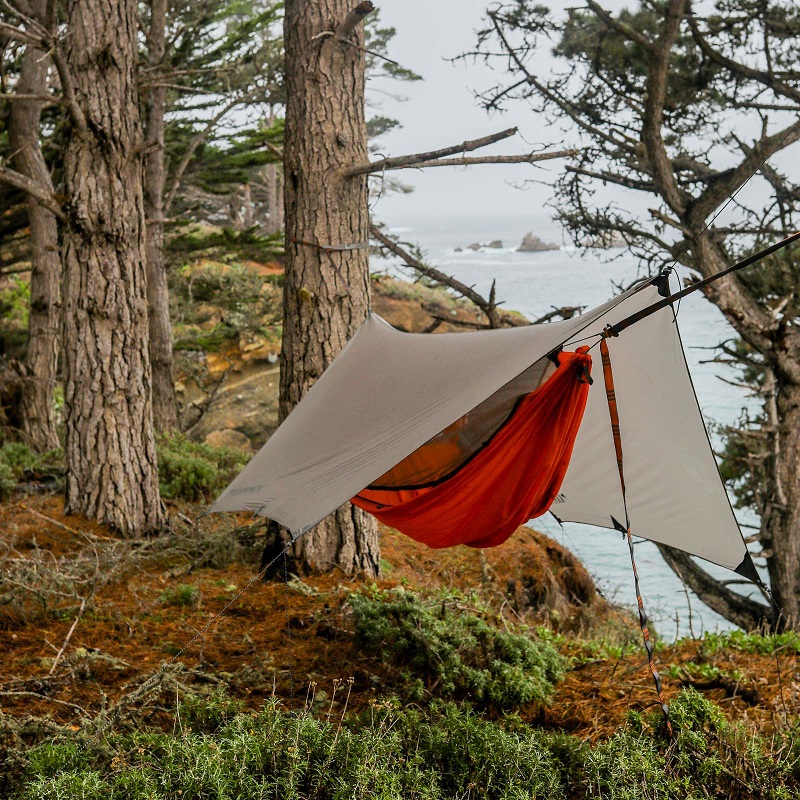Introduction to Hammock Camping
Hammock camping offers a unique and enjoyable way to experience the great outdoors. Unlike traditional tent camping, using a hammock can provide a more comfortable and versatile sleeping arrangement. With the right setup, hammock camping can be both luxurious and practical, allowing you to rest peacefully while surrounded by nature. This article delves into the essentials of hammock camping setup, exploring everything you need to ensure a comfortable outdoor sleep.
Choosing the Right Hammock
Types of Hammocks
When selecting a hammock for camping, consider the different types available. There are primarily two types: gathered-end and bridge hammocks. Gathered-end hammocks are the most common and are known for their lightweight and compact nature. They are typically made from parachute nylon or similar materials and offer a comfortable, cocoon-like feel. Bridge hammocks, on the other hand, feature a more rigid and flat sleeping surface. They are ideal for those who prefer a flatter, more traditional bed-like experience.
Hammock Materials and Durability
The material of the hammock plays a crucial role in its comfort and durability. Look for hammocks made from breathable fabrics such as ripstop nylon or polyester. These materials are not only lightweight but also offer resistance to wear and tear. Additionally, consider the weight capacity of the hammock. Ensure it can comfortably support your body weight plus any additional gear or accessories you may use.

Essential Accessories for Hammock Camping
Suspension Systems
A reliable suspension system is vital for hammock camping. This typically includes straps or ropes used to hang the hammock securely between two trees or anchor points. Hammock straps, made from strong nylon webbing, are preferred for their ease of use and tree-friendly design. They often come with adjustable loops or buckles, allowing you to easily adjust the height and tension of the hammock.
Underquilt and Topquilt
For a comfortable sleep, especially in colder weather, an underquilt and topquilt are essential. An underquilt is a specialized insulation layer that hangs beneath the hammock, providing warmth and protection from the cold air. It is designed to prevent heat loss through the hammock’s bottom. A topquilt, similar to a sleeping bag but without a bottom, provides warmth on top. Combining both ensures a cozy and insulated sleeping experience, regardless of the temperature.
Setting Up Your Hammock
Finding the Perfect Spot
Selecting the right location for your hammock is crucial. Look for two sturdy trees or anchor points that are approximately 10-15 feet apart. Ensure the area is free of rocks, roots, or uneven ground that could affect your comfort. Additionally, consider the weather and potential hazards, such as falling branches or proximity to water sources.
Installing the Suspension System
To set up the suspension system, wrap the straps around the chosen trees, making sure to avoid damaging the bark. Secure the straps with a knot or buckle, and then attach the hammock. Adjust the height so that the hammock is at a comfortable level, typically around 18 inches off the ground. Ensure the hammock is evenly balanced and check for any slack or tension issues.
Comfort and Ergonomics
Adjusting the Hammock for Optimal Sleep
Achieving the ultimate comfort in a hammock requires some adjustments. Lay in the hammock diagonally to avoid the typical cocoon shape and create a more flat and comfortable sleeping surface. Experiment with the angle of the hammock and the tension of the suspension system to find your ideal sleeping position. A slight incline or decline can also enhance comfort based on personal preference.
Dealing with Insects and Weather
To ensure a comfortable sleep, consider investing in a hammock with a built-in bug net or use a separate insect net. This will protect you from mosquitoes and other pests. For weather protection, a hammock rain fly or tarp is essential. It provides coverage from rain and shields you from the wind. Make sure the rain fly extends beyond the hammock to prevent water from dripping onto your gear.

Staying Warm and Dry
Using an Underquilt for Insulation
An underquilt is crucial for staying warm in cooler temperatures. It wraps around the underside of the hammock, providing insulation that prevents heat loss. Make sure to choose an underquilt with a suitable temperature rating for the conditions you expect. Properly attaching and adjusting the underquilt ensures it stays in place and provides maximum warmth throughout the night.
Keeping Your Gear Dry
Keeping your gear dry is essential for a comfortable camping experience. Use waterproof stuff sacks or dry bags to protect your clothing, sleeping gear, and electronics. Additionally, ensure that the rain fly is properly secured and extends far enough to prevent any rain from reaching your gear. Regularly check for any leaks or issues with your rain fly and repair them as needed.
Packing and Portability
Choosing a Lightweight Hammock Setup
One of the advantages of hammock camping is its portability. Look for a lightweight hammock setup that is easy to pack and carry. Many hammocks come with their own stuff sacks or carry bags, which can be conveniently attached to your backpack. Consider the weight and packability of the suspension system, underquilt, and rain fly to ensure they fit well into your overall camping gear.
Efficient Packing Techniques
When packing your hammock setup, use efficient techniques to maximize space and minimize weight. Roll or stuff the hammock and accessories tightly and place them in a way that balances your backpack. Distribute the weight evenly to avoid strain on your back and shoulders. Make sure to double-check that all components are packed securely and are easily accessible when you reach your campsite.
Maintenance and Care
Cleaning and Storing Your Hammock
Proper maintenance and care are essential for extending the life of your hammock. After each trip, clean your hammock according to the manufacturer’s instructions. Most hammocks can be hand-washed with mild soap and water. Ensure it is thoroughly dried before storing to prevent mold and mildew. Store your hammock in a cool, dry place, and avoid exposing it to direct sunlight for extended periods.
Repairing Damage
Accidents can happen, and it’s important to be prepared for any damage to your hammock. Carry a small repair kit that includes patches and adhesive for quick fixes. If you notice any tears or issues, address them promptly to avoid further damage. Regularly inspect your hammock and accessories for signs of wear and address any issues before your next camping trip.

Safety Considerations
Understanding Weight Limits and Stability
Safety is paramount when hammock camping. Always adhere to the weight limits specified by the hammock manufacturer to avoid accidents. Overloading the hammock can compromise its integrity and lead to falls or damage. Additionally, ensure that the trees or anchor points you use for hanging the hammock are healthy and sturdy. Avoid using dead or decaying trees, as they may not provide reliable support.
Emergency Preparedness
Being prepared for emergencies is crucial in any outdoor adventure. Carry a basic first aid kit with essentials like bandages, antiseptic, and pain relievers. Familiarize yourself with the nearest emergency services and have a plan for getting help if needed. Additionally, having a whistle or signaling device can be useful for attracting attention in case of an emergency.
Conclusion
Hammock camping can be a highly enjoyable and comfortable way to experience the outdoors. By understanding and implementing the essentials of hammock setup, including choosing the right hammock, using the proper accessories, and ensuring comfort and protection, you can achieve a restful night’s sleep under the stars. With the right preparation and care, your hammock camping adventures can be both relaxing and memorable, offering a unique perspective on outdoor sleeping.
